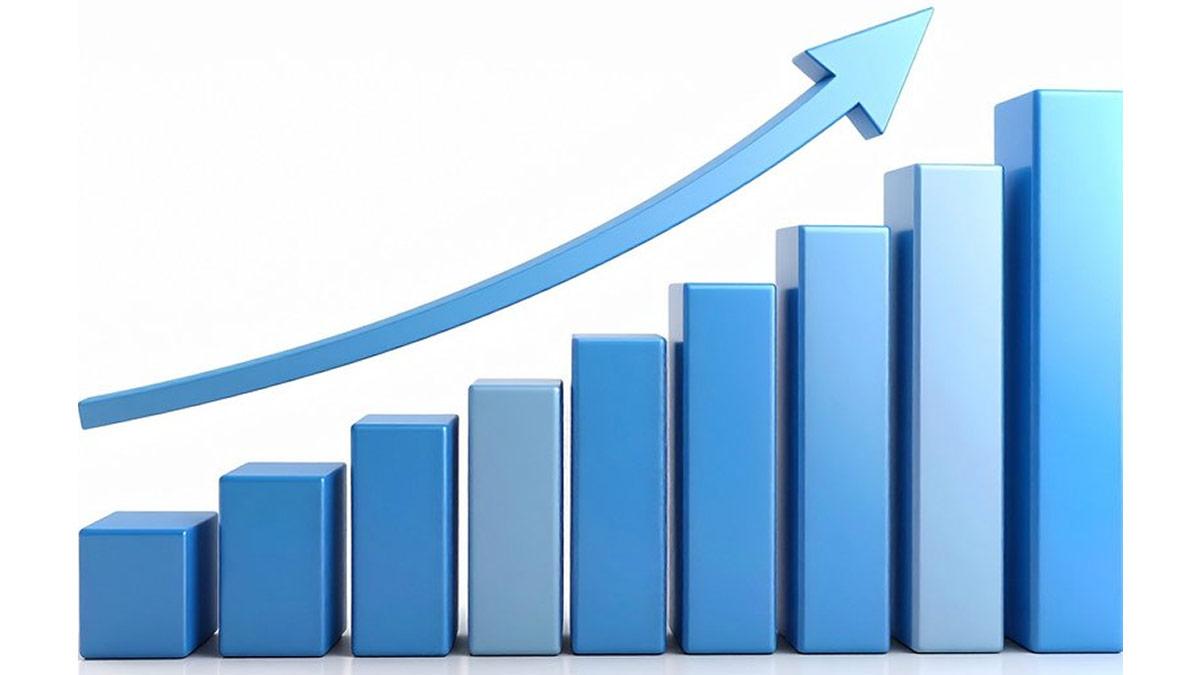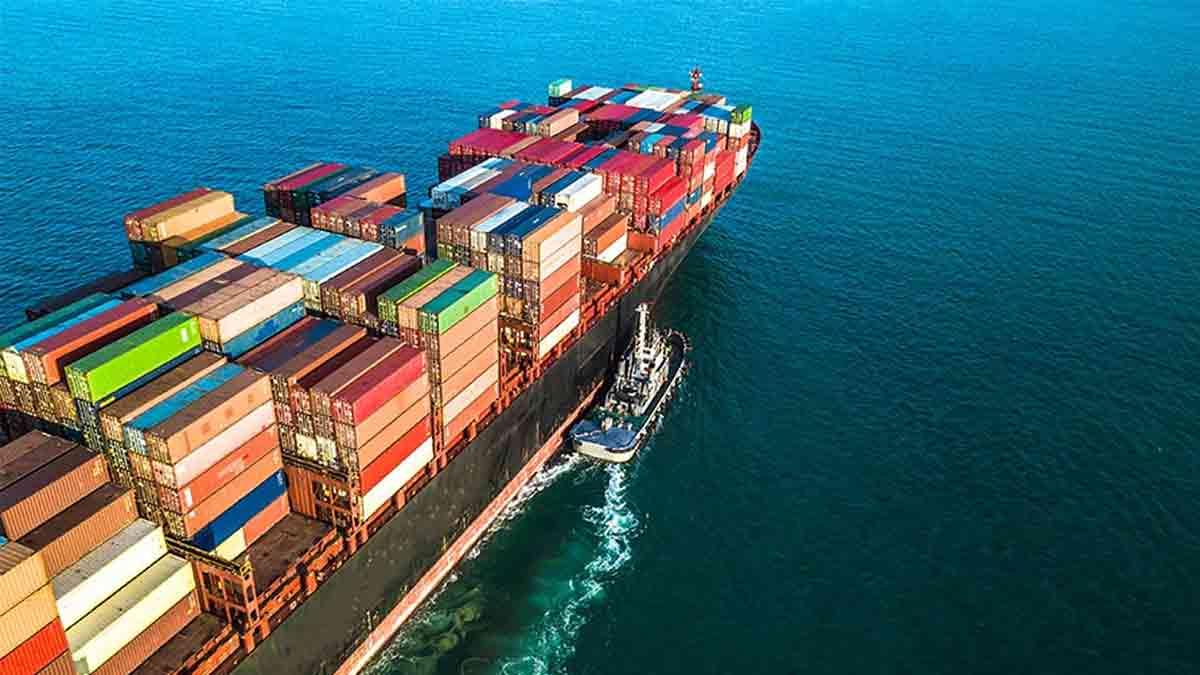Climate change and related government policies expose Asia-Pacific banks to physical climate risks, as well as risks that stem from sudden changes in asset values as economic priorities shift, according to Moody's Investors Service in a new report.
New standards and regulations will increase compliance costs for banks, while engaging in or facilitating activities with a significant negative environmental impact can inflict reputational damage on banks and tarnish their brands.
"Asia-Pacific economies with weak infrastructure are particularly vulnerable to physical climate risks, which can hurt banks' asset quality because a natural disaster can damage borrowers' assets or disrupt their cash flow. Many banks in the region also face asset risks from large exposures to sectors susceptible to carbon transition risks," said Alka Anbarasu, a Moody's Vice President and Senior Credit Officer.
In addition, legal and reputational risks are increasing for banks in Asia-Pacific as governments advance guidelines and regulations for sustainable financing and disclosure requirements related to climate risks. Meanwhile, investors are increasing pressure on banks to stop financing carbon- intensive projects, the report said.
Large, diversified banks in the developed economies of Singapore, Australia and Japan, along with major pan-Asia Pacific banks, are better positioned to cope with climate risks and preserve their credit strength, Moody's said.
Fundamentally, their exposures are more diversified across different countries and industries, reducing their vulnerability to climate risks from a single location or borrower group. What's more, they have started incorporating climate factors into their strategic plans and operations as they face pressure from stakeholders to take steps early.
ALSO READ: Impact & duration of Covid2.0 biggest risks to growth estimates: RBI
Governments' sustainable development goals will also create financing opportunities for banks. Bank lending will be the largest source of funding for clean energy projects that will require enormous amounts of investment.


















